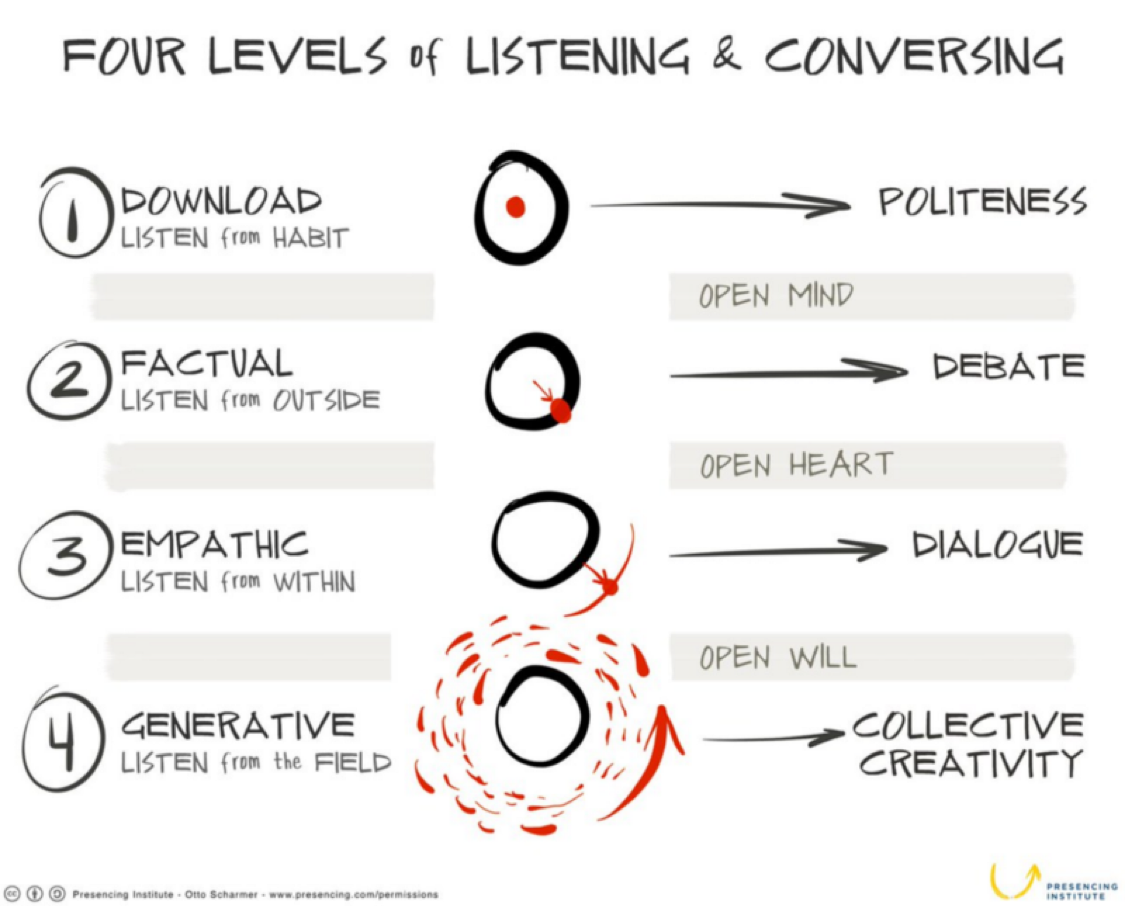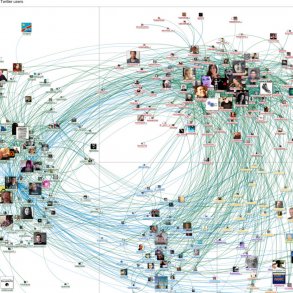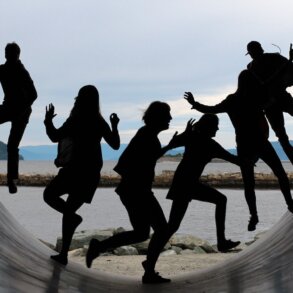By Sahana Chattopadhyay and originally published on medium.com. This is the second part of her blog “Organizations as Communities Part 2.”
Her original Part 1 is here, republished here by Enlivening Edge Magazine.
The first part of her Part 2 republished by EE Magazine is here.
Earlier, I have written about re-imagining Organizations as Communities to build strong and porous networks of committed individuals who cohere around an Evolutionary Purpose.
I admit though that this is easier said than done. I have written about some of the obstacles to building communities. Apart from the technology and the roles of community facilitators, this shift requires re-imagining and reinventing the structures, processes, and the culture as well as the underlying narratives of an organization.
All of these are the glue that hold the fabric of the organization together in its current state, and exert powerful resistance to anything that threatens the status quo. I am not saying the shift is easy at all.
However, as global trends and patterns threaten to plunge us into chaos, it is time to rethink and re-imagine our organizations. It requires us to move from holding a few leaders at the top accountable and responsible for all decision, actions, and their intended and unintended consequences.
We are well aware that complexity cannot be tackled through planning, controlling, resource management, and other known and popularized forms of management and leadership.
Complexity calls for leaders to become facilitators, to hold space, to flow with uncertainty, to let leadership emerge from the collective, and to be able to sense and see the system.
Leadership’s role becomes that of designing and holding the container for exploration and the emergence of future potential. All of these capacities come not only from experience but also from deep reflection and inner work.
In the section below, I have discussed — what I believe — are some of the mindsets/capacities required of the leaders if they wish to design for thrivability.
Holding space for Emergence — This involves creating the conditions and preparing the soil (the ethos/culture) for dialogues to take place. This requires the capacity to be comfortable with the discomfort of staying in the liminal space, and not forcing a pre-defined outcome when a problem rises to the surface.
It’s also the ability to see problems as gifts/messages calling the organization’s attention to what needs to shift. And using processes like The Circle Way, the U Process, and Liberating Structures to have generative conversations.
Staying with Uncertainty — While close to the above capacity, I have deliberately called it out separately as well. Leaders have the propensity and are often expected to provide answers in times of great uncertainty and upheaval.
Staying with uncertainty conversely requires leaders to strengthen their muscles for staying in the space between stories, suspending judgement, being ok with not having any answer, and tapping into one’s inner guidance till a response naturally surfaces.And as leaders develop and operate from these capacities within themselves, the core skills permeate throughput the organization with support.
Creating space for Synchronicity — In the rush of solving daily challenges and focusing on short term goals, we all forget to slow down and stay with the emerging. Welcoming synchronicity require us to hold space for ourselves as well as others, to tap into our inner wisdom and allow the unfolding to happen.
I can best describe it as a shift from doing to being. It’s in the in-between space when we let go of control, and trust in a higher order that we begin to experience the synchronicity that come our way as guideposts.
Operating from Inter-connectedness — I firmly believe in the concept of “Interbeing” described by Thich Nhat Hanh. His definition of “seeing clouds in a piece of paper” is the quintessential and an eloquent description of Systems Thinking. It is essential for leaders to operate from this space of inter-connectedness and the whole lest the fixing of a problem in one part of the system creates unintended consequences in another part, and maybe elsewhere in the ecosystem too.
Sacrificing an Expert’s Mindset — Most of us are aware of the Japanese concept of shoshin articulated by Shunryu Suzuki as, “In a beginner’s mind there are many possibilities, in an expert’s mind very few.” One of the fundamental capacities for holding space is to let go of the expert’s mindset, and also one of the most difficult.
It means a letting go of the ego and all other credentials that has brought us to our current state of power, position, and privilege. This letting go is essential to foster openness. An expert’s mind will not be able to create space for emergence.
Facilitating Generative Conversations — I strongly recommend going through and practicing the four levels of listening and conversing defined by Otto Scharmer in his book, The Essentials of Theory U. A capacity and willingness to move beyond the downloading and factual to empathic and generative is essential to bring collective intelligence and creativity in the service of a greater good.In the first two situations, no new learning or insight can emerge as we stay stuck in false harmony or debate/compromise, respectively.
They only serve to keep the system stuck in the old patterns and habits. The next two — empathic and generative listening — open up the field of the future and lead to emergent practices. I have included the diagram below for reference.

As would have occurred to most of you’ll reading this post, the capacities mentioned above require not only deep reflection and inner work but also great empathy, curiosity, courage, and compassion.
Only by holding ourselves and others with open compassion and acceptance can we even begin to create the conditions for thrivability. I’ll deep dive into these aspects in future posts.
The next questions are: “Despite the phenomenal capacities of technology today, is technology the only solution? How important are connections in person? How critical is it for us to experience our inter-connectedness with nature? How do we balance the virtual world with the real world we inhabit?” I’ll explore these questions in my next post.
 Sahana is a Coach, Facilitator, Speaker, and Writer with a background in designing workplace learning experiences, and Organization Development.
Sahana is a Coach, Facilitator, Speaker, and Writer with a background in designing workplace learning experiences, and Organization Development.
Catalyst | Community Steward | Scribe to an emerging era… Exploring new ways of Being | Lover of mountains, rivers, forests, & seas.
Her passion is to help individuals, teams, and organizations hold space for emergence, and move towards their fullest potential. Reach her at [email protected]
Featured Image/graphic link added by Enlivening Edge Magazine.




